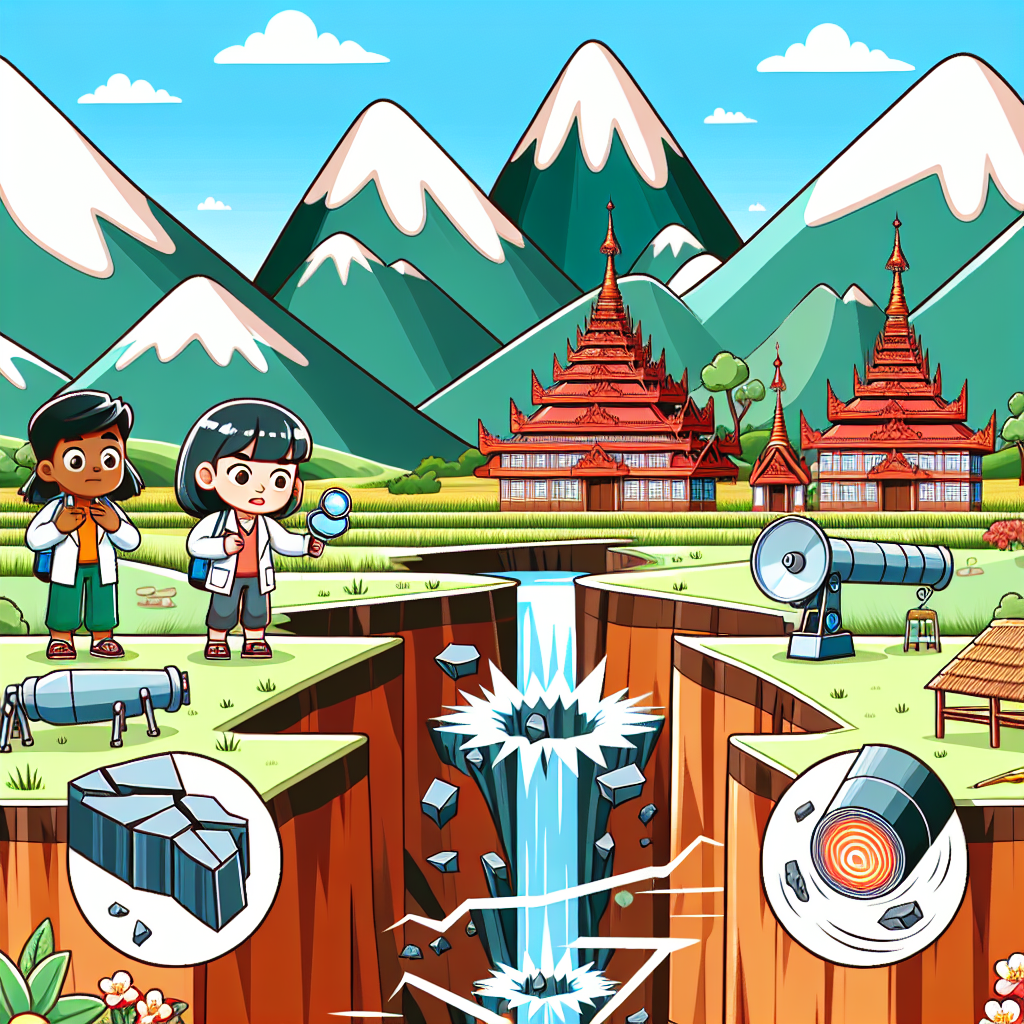Ash and Quake: Nature's Unyielding Power in Kamchatka
A 7.0 magnitude earthquake near Russia's Kuril Islands sparked a tsunami warning, later lifted, while the Krasheninnikov Volcano in Kamchatka erupted for the first time in 600 years. The dual events underline the seismic instability in Russia's Far East, raising safety concerns for the region.

A towering earthquake of 7.0 magnitude struck near Russia's Kuril Islands, prompting an initial tsunami warning for the Kamchatka Peninsula. This precaution was later rescinded, as authorities predicted low wave heights, thus alleviating immediate fears for the coastal regions.
The quake coincided with a historic eruption of the Krasheninnikov Volcano, which spewed ash up to 6,000 meters into the atmosphere. Astonishingly, this marks the first effusion of lava from the volcano in 600 years, raising alarm and capturing the attention of scientists and residents alike.
These seismic occurrences follow a significant earthquake in Russia's Far East, noted for its disruptive energy and aftershocks felt as far as French Polynesia and Chile. The eruption has been rated with an orange aviation code due to potential hazards posed to aircraft, though the ash cloud is currently drifting away from populated areas.
ALSO READ
NZ Condemns Russia’s Cyber Warfare Tactics, Supports UK-Led Sanctions
EU Tightens Grip: Sanctions Target Russia's War Economy, Cut Oil Revenue
Inferno in Odesa: Russian Drone Strikes Escalate Tensions
Russia Accused of Weaponizing Deportation of Ukrainians
Russia Thwarts Major Drone Siege: No Casualties Reported










